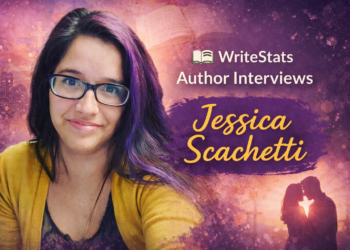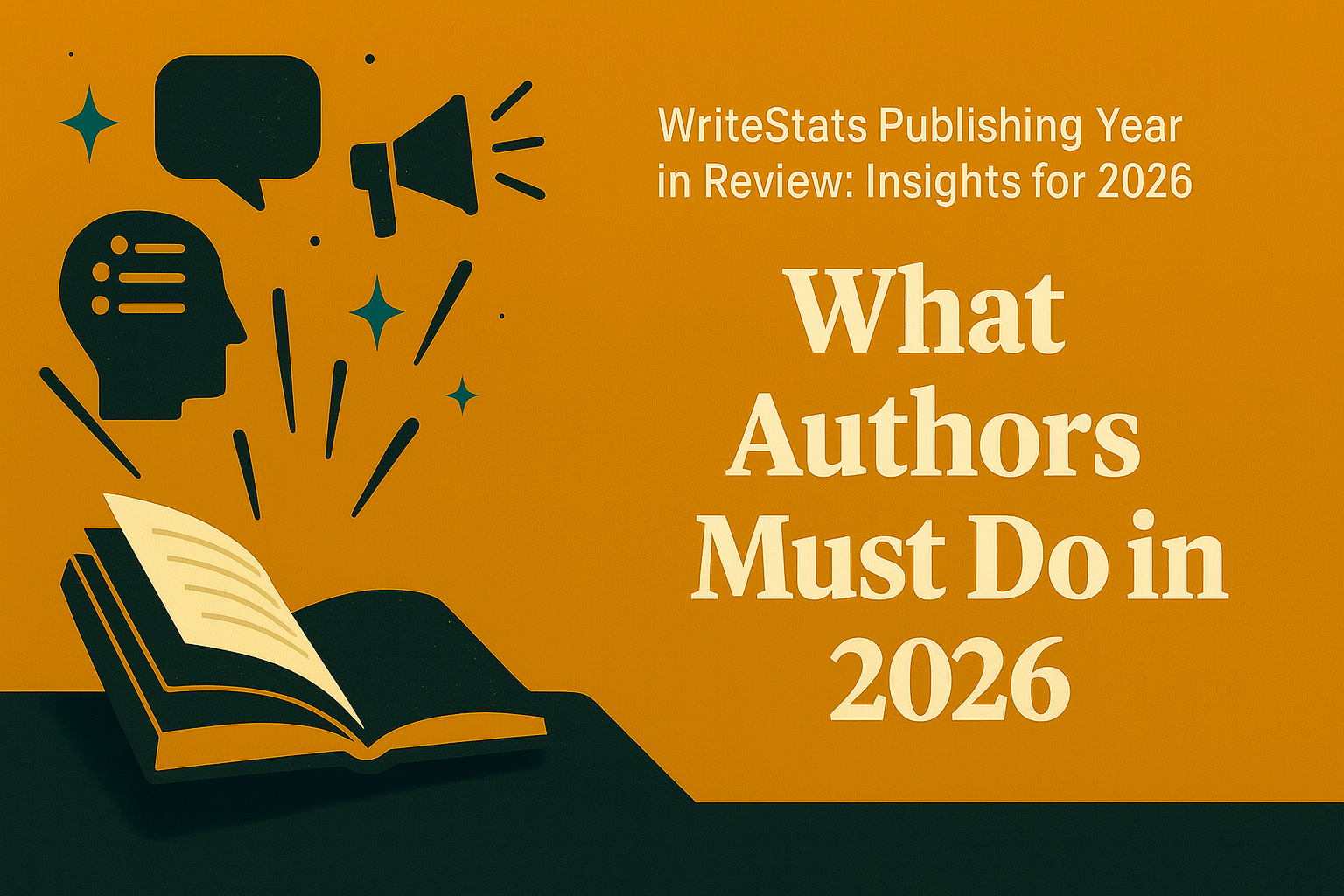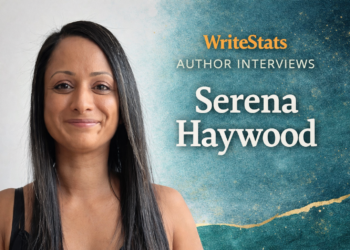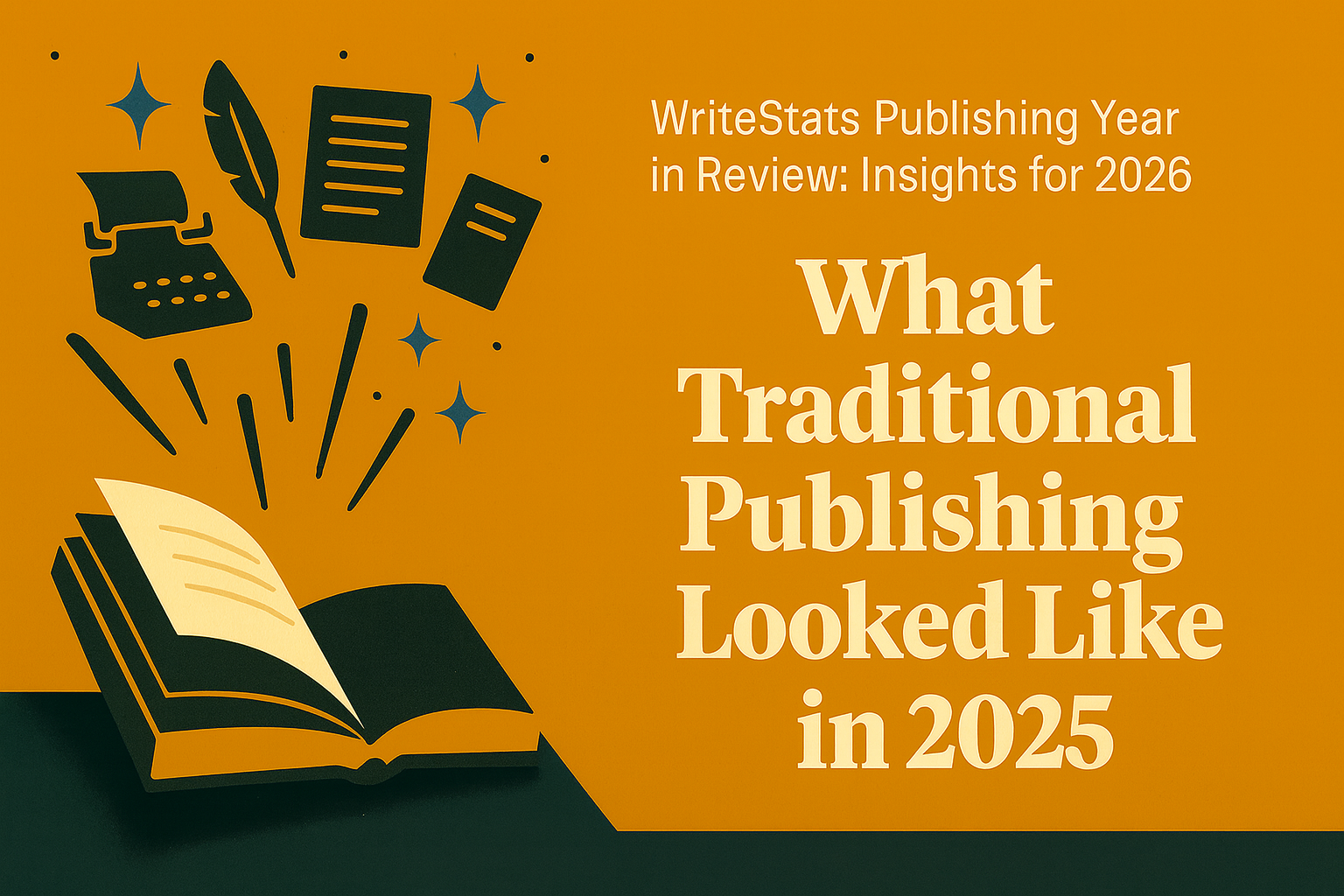According to WriteStats, 47% of readers read to escape reality, and yet many authors overlook this powerful audience. If your goal is writing books for escapist readers, then you’re tapping into almost half of all readers who seek imaginative worlds and emotional refuge.
So how do you write novels that truly transport without sacrificing depth or originality? Let’s walk through practical steps to help you master escapist storytelling.
🧠 Why Readers Read: The 3 Core Motivations
In a recent poll by WriteStats, readers were asked: “Why do you read books the most?”
The results broke down into three key motivations:
- Escapism & Imagination – 47.2%
- Entertainment & Leisure – 26.3%
- Learning & Knowledge – 26.5%
This shows that nearly 1 in 2 readers turn to books not just to relax or learn, but to be transported, to live another life, see another world, and leave their own behind for a while.
🔍 What Does “Writing Books for Escapist Readers” Really Mean?
First and foremost, escapist readers crave worlds that feel vivid, characters that matter, and stakes that feel real yet safe. They’re not necessarily avoiding serious themes; rather, they want fiction that delivers adventure, wonder, or imaginative comfort.
Escapist fiction should balance drama with readability, give protagonists clear goals, and deliver satisfying resolutions without overload. Similarly, StoryMarc’s guide to immersive storytelling notes that escapist readers value rich worldbuilding and emotional resonance.
✍️ How Authors Can Write for the Escapism-Driven Reader
🟨 If nearly half of your readers read to escape, here’s how to tap into that desire:
Focus less on facts, and more on feelings. Immerse them. Surprise them. Make them forget the real world.
1. Start with a Compelling Escape
To draw escapist readers in, introduce an intriguing world or situation from the first pages. Whether it’s portal fantasy, a vivid historical setting, or a speculative twist, the environment needs to feel immersive.
For example, Catherine Doyle’s Twin Crowns transported readers to enchanting fantasy during the pandemic; precisely when escapist stories mattered most.
2. Make Characters Larger‑Than‑Life Yet Relatable
In writing books for escapist readers, your characters should feel extraordinary yet emotionally grounded. Give them causes they deeply care about, goals that are urgent, and struggles that are dramatic but familiar.
Nicholas Sparks writes flawed heroes. Fantasy often creates relatable outsiders who become heroes. Either way, readers must root for them.
3. Use “Show, Don’t Tell” to Deepen Escape
Show readers sensory details and emotions rather than explaining them. This technique deepens immersion, drawing escapist readers into the moment, rather than describing it from afar. (missdemeanors.com)
4. Balance Stakes with Comfort
Escapist fiction thrives on high stakes but not perpetual bleakness. Think heroism rewarded, justice restored, love triumphant, even in the middle of conflict. That emotional arc is key to satisfaction.
5. Build Momentum with Page-Turner Structure
Escapist readers want momentum. Use mini‑cliffhangers, ticking goals, and unresolved questions at chapter ends that encourage continued reading and reinforce why they love escapism.
6. Keep Language Clear and Rhythmic
Complex prose can break immersion. Escapist readers expect clarity. Keep sentences punchy, descriptions vivid but purposeful, and pacing tight. Avoid unnecessary jargon or philosophical digressions.
7. Deliver Emotional and Narrative Resolution
When writing books for escapist readers, give them something to hold onto. An ending that surprises yet satisfies helps your story linger in their minds long after they’ve closed the book.
✅ Authors, Your Takeaway
When you focus intentionally on writing books for escapist readers, you’re writing for a substantial and eager audience. Transition your story structure and voice to deliver immersive worlds, compelling characters, satisfying builds, and clarity while maintaining authorial authenticity.
Because at the end of the day, escapist fiction isn’t about superficial distraction. Rather, it’s about crafting experiences that uplift, transport, and linger.
🎯 Final Thoughts: Escapism Isn’t Just for Fantasy Writers
Don’t think escapism only applies to fantasy or science fiction. Even romance, thrillers, historical fiction, and memoirs can offer emotional or psychological escape.
The key is creating immersion, not just plot.
Whether your story takes place in a war-torn past or a suburban backyard, ask yourself:
“Will my reader feel like they’ve gone somewhere else when they read this?”
If the answer is yes, you’re writing for the 47%.
📢 Are you writing with the escapist reader in mind?
Join the conversation at WriteStats.com and explore more data-driven tips to level up your writing strategy.










[…] Writing For Escapist Readers: 47% Of Readers Read To Escape […]
[…] Escapism & Imagination – 47.2% […]
[…] If you’d like to dive deeper into the psychology of why we read—and how books transport us beyond the everyday—check out our article: 47% of Readers Read to Escape: How to Write for Imagination Seekers. […]
[…] This aligns perfectly with what we explored in our earlier post, 47% of Readers Read to Escape: How to Write for Imagination Seekers. Fantasy and sci-fi rank so highly because they deliver on escapism. Readers dive into these genres […]
[…] mindset aligns strongly with the findings from our WriteStats escape-reading study, where 47% of readers read to escape, not for literary prestige, not for trendiness, but for emotional […]